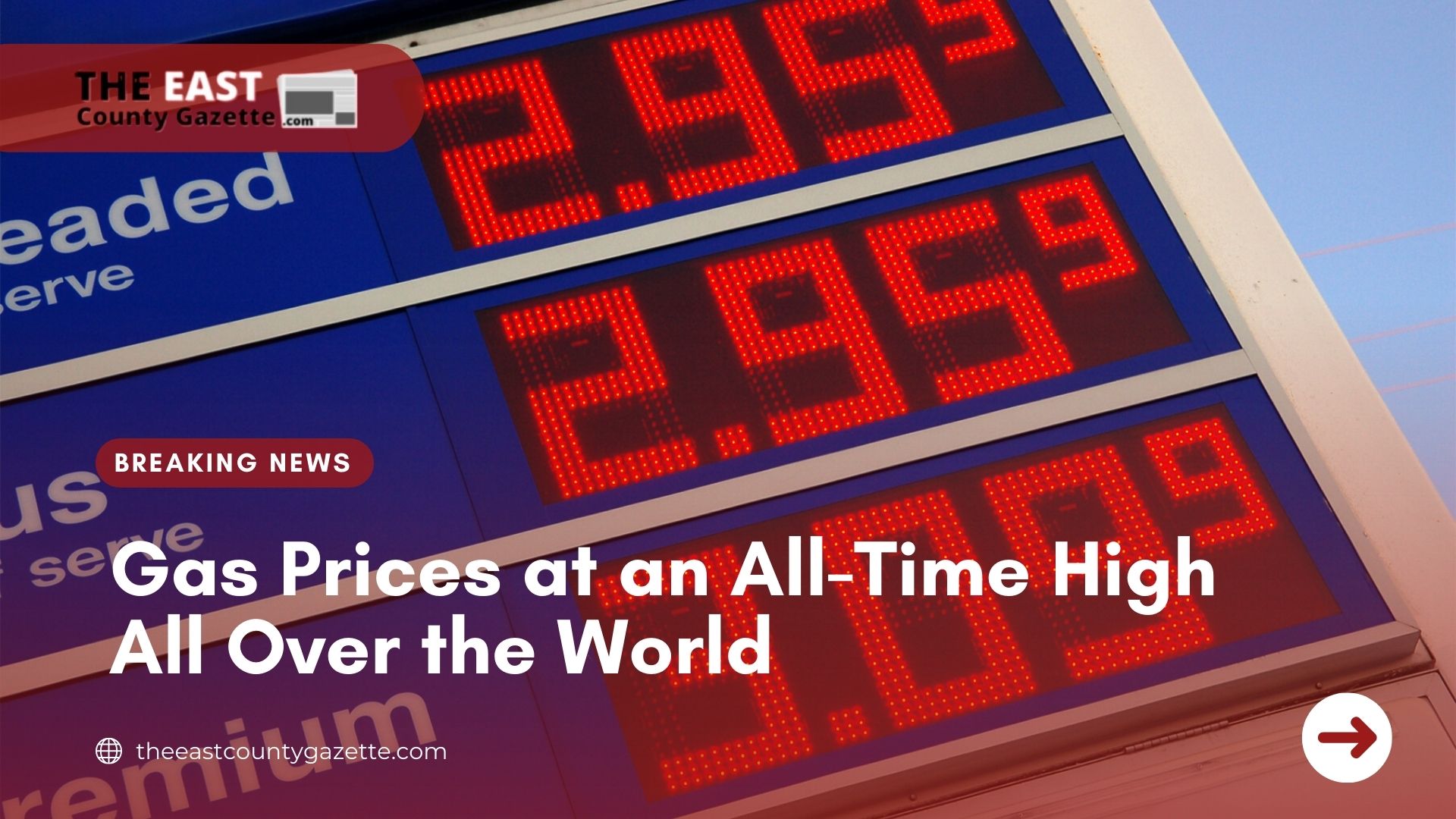Gasoline prices are at a seven-year high, according to federal data.
Though there are some clear reasons for this that are particular to this moment in time, such as the ongoing effects of the global pandemic, gas prices are the result of a variety of complex factors.
The reasons for the price spike are textbook supply and demand from an economics textbook: Americans have gotten back to driving more this summer as the pandemic has moderated, and a combination of domestic supply interruptions and trouble in energy markets overseas have made crude oil more expensive.
The Energy Information Administration noted in mid-September that Hurricane Ida shut down a large swath of the US’s oil drilling and refining capacity in the Gulf of Mexico in late August.
A crunch in domestic oil supply and stockpiles coupled with a rise in demand leads to higher gas prices.
The cartel of oil exporters that control the oil market, for instance, has a huge amount of influence over the price of gasoline. That group, which includes OPEC and other oil-producing nations, recently reconfirmed plans to gradually increase oil production despite pressure from the United States and India.
Read More: Hurricane Ida Causes Spike in Gas Prices as 95% of Production Shuts Down
The American Automobile Association said this increase could persist.
“With oil prices remaining elevated, pump prices will follow suit because the cost of crude oil accounts for more than half of the price of each gallon of gas.
Oil demand is only expected to increase as winter approaches, and that could put more pressure on supply in the coming months.”
Oil and energy markets overseas have also been struggling.
Broader energy markets have been facing supply shortages as well. European natural gas and electricity prices have skyrocketed in recent weeks, and traders expect higher oil and other energy prices for months to come.
Keep up with the latest news here with us at the East County Gazette.

